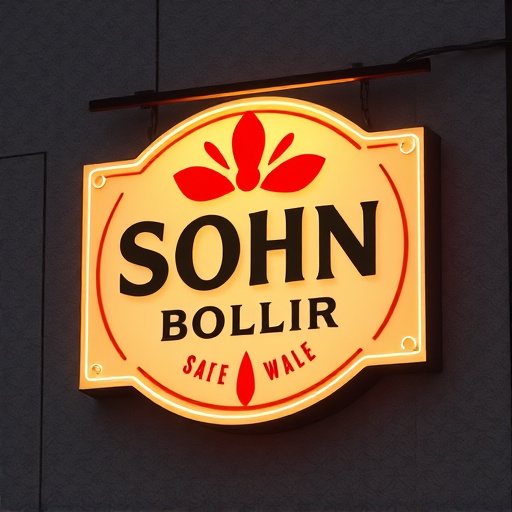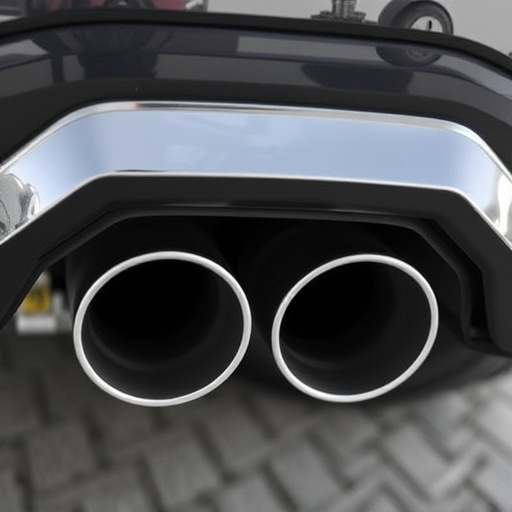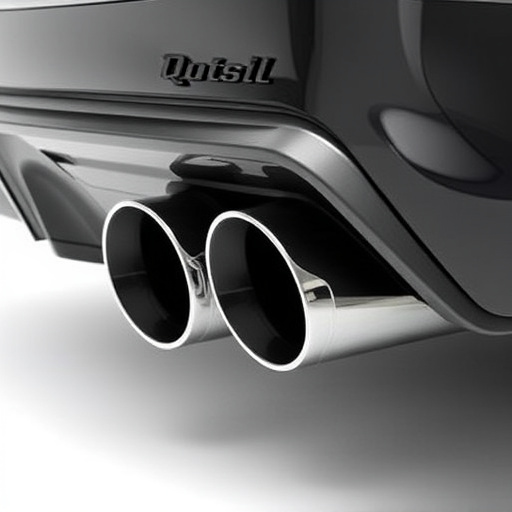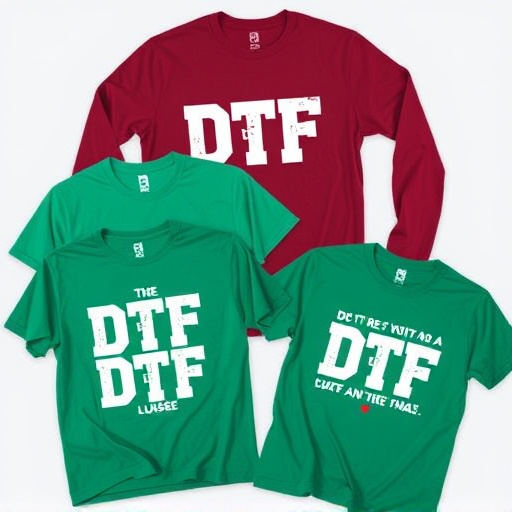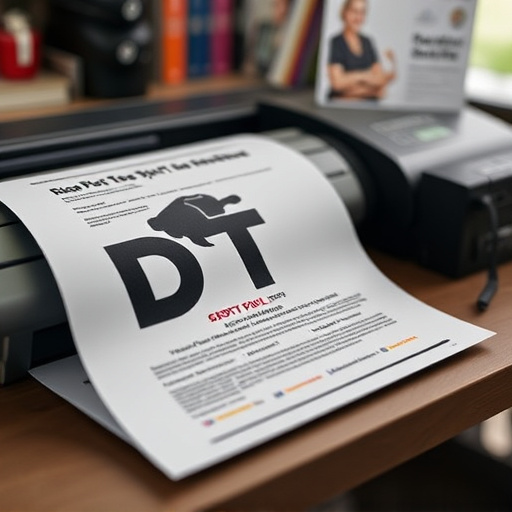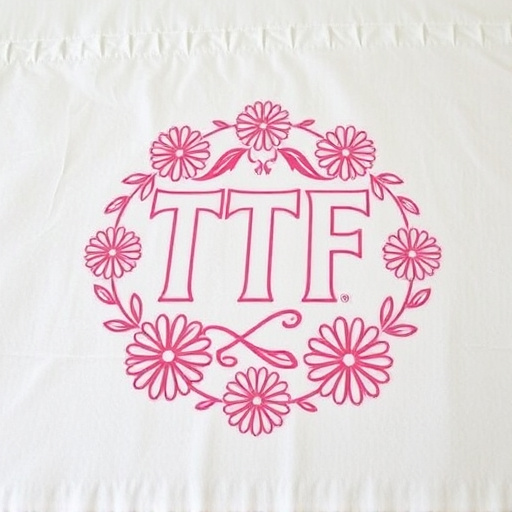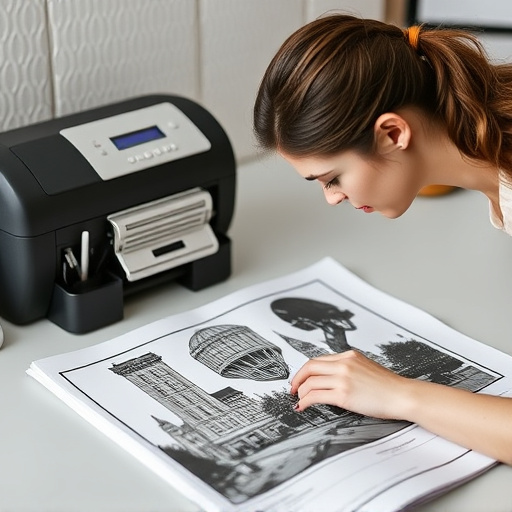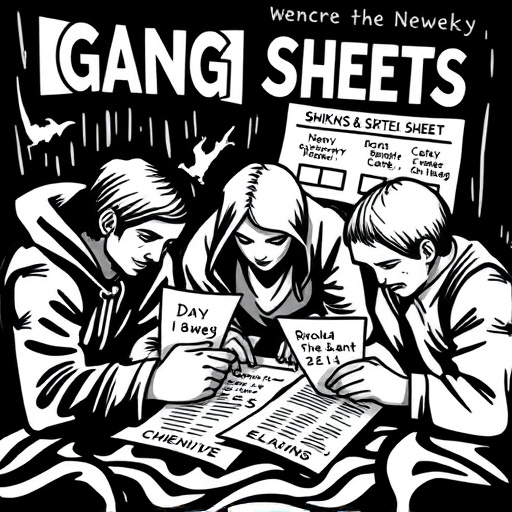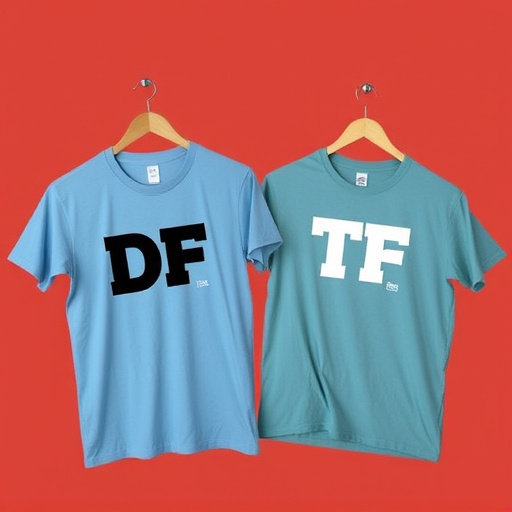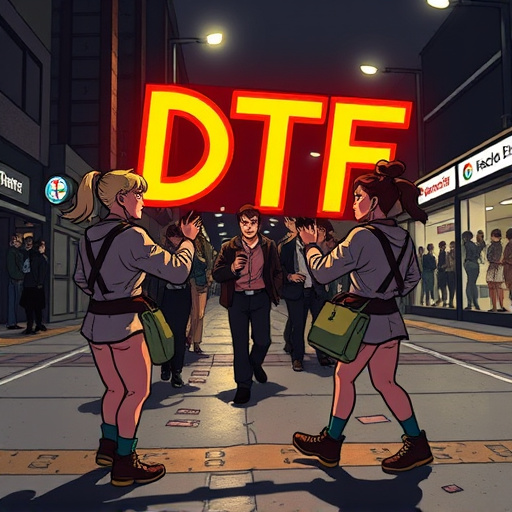DTF (Direct to Fabric) printed shirt pricing requires a nuanced approach, factoring in material, ink, labor, and overhead costs. The type of fabric, ink used (water-based, solvent, UV curable), design complexity, order quantity, and turnaround time significantly impact pricing. Skilled labor and specialized equipment are crucial, with printing times varying from 30 minutes to an hour per shirt. Balancing market rates and quality, while considering production intricacies, is essential for competitive DTF printed shirts pricing.
Introducing our comprehensive guide on pricing custom DTF printed shirts accurately, a crucial step for any print-on-demand business aiming for both profitability and customer satisfaction. This article navigates the intricate factors influencing DTF printing costs, from material and design complexity to labor and market dynamics. By delving into market research, competitor analysis, and strategic pricing calculation methods, you’ll gain insights to set competitive prices that cover costs and enhance your unique selling points in the DTF printed shirts marketplace.
- Understanding DTF Printing Costs and Factors
- – 1.1 Material and Ink Costs
- – 1.2 Labor and Production Time
Understanding DTF Printing Costs and Factors
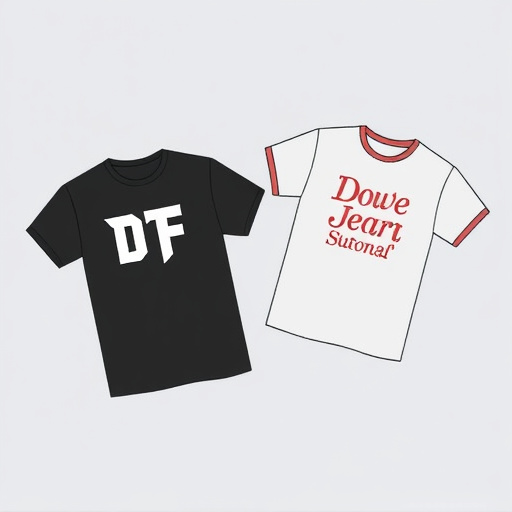
Pricing DTF (Direct to Fabric) printed shirts accurately requires a thorough understanding of the various costs and factors involved in the process. DTF for t-shirts involves several key elements, including the cost of the dtf heat transfer paper, printing equipment, ink, and labor. Each step plays a crucial role in determining the final price of your custom graphic tees.
Additionally, factors such as design complexity, shirt style, material type, order quantity, and turnaround time can significantly impact pricing. More intricate designs or specialized shirts may require additional time and resources, driving up costs. Understanding these dynamics is essential for setting competitive prices that reflect both the quality of your work and the market rates for dtf for Custom graphic tees.
– 1.1 Material and Ink Costs
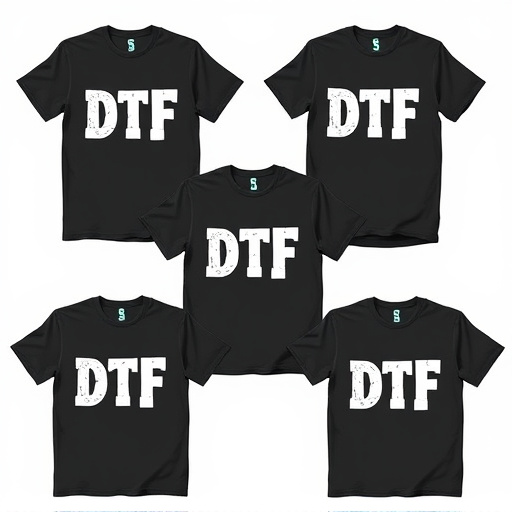
When pricing DTF Printed Shirts, one of the primary considerations is understanding and factoring in material and ink costs. Each DTF print job involves two main cost drivers: the shirt itself and the inks used to create the design. The type of shirt—its fabric composition, weight, and brand—influences its price. Premium materials like organic cotton or performance fabrics carry a higher cost, which should be reflected in your pricing strategy. Similarly, different ink types, including water-based, solvent, or UV curable options, have varying levels of expense associated with them.
Additionally, the complexity of the design plays a role. Simple, single-color prints will have lower ink costs compared to intricate, multi-colored designs that require more time and materials for preparation. Accurate pricing involves considering not just the base cost of the shirt and ink but also the overhead expenses related to equipment maintenance, press set-up times, and labor. Balancing these elements ensures you can offer competitive prices while maintaining profitability for your custom DTF printed shirts business.
– 1.2 Labor and Production Time
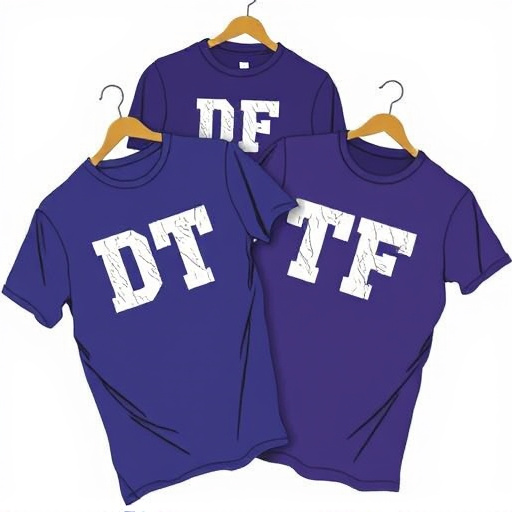
Pricing DTF printed shirts accurately requires a deep understanding of various factors, and labor and production time is no exception. The process involves several meticulous steps that demand skilled labor and specialized equipment, such as the dtf printer. Each shirt undergoes unique printing procedures to accommodate different designs and fabric types, especially when printing on dark fabrics using the dtf meaning (Direct-To-Fabric Printing).
The duration of production can vary significantly based on factors like order volume, complexity of design, and the need for drying and curing times after application. On average, a single DTF printed shirt may take anywhere from 30 minutes to an hour to produce, depending on these variables. This calculation becomes crucial when determining per-unit costs, ensuring fair pricing that covers labor expenses while remaining competitive in the market.
Pricing custom DTF printed shirts accurately requires a nuanced understanding of the underlying costs. By considering material and ink expenses, as well as labor and production time, you can set competitive prices that reflect the quality of your work while ensuring profitability. Master these factors, and you’ll be well-equipped to offer desirable DTF printed shirts that satisfy both your customers and your business needs.



